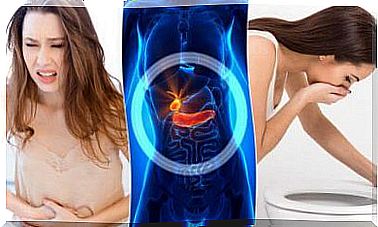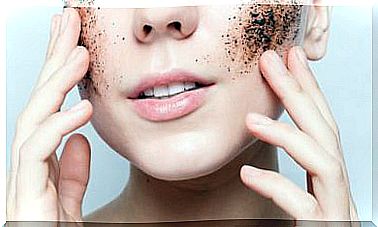The Dangers Of Eating Seafood
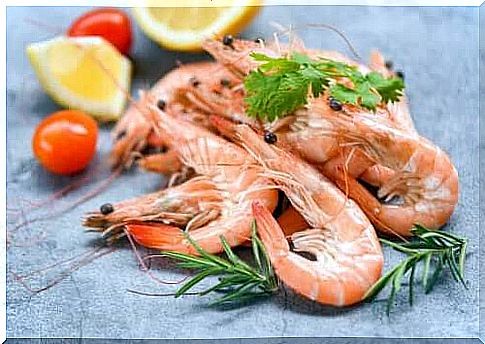
When eating seafood, it must meet strict food hygiene requirements. Both fish and shellfish are foods that are easily destroyed due to microbiological damage. Microbial effect weakens both durability and safety.
Did you know that seafood contamination can occur at any time, both during harvesting and during cooking? This makes it an important source of foodborne illness.
In addition, consumption of raw food is a new culinary habit that endangers health. When we know this, we will share information about some of the microorganisms found in seafood.
Find out about them!
Eat seafood and microorganisms that cause disease
Bacteria, viruses and parasites are all problems involved in the outbreak of diseases due to seafood. Most of them are found naturally in the environment and pose a health risk if not cooked properly.
Despite the fact that strict hygiene and safety standards are followed by industries, outbreaks of seafood consumption infections due to cross-contamination or during handling are common today.
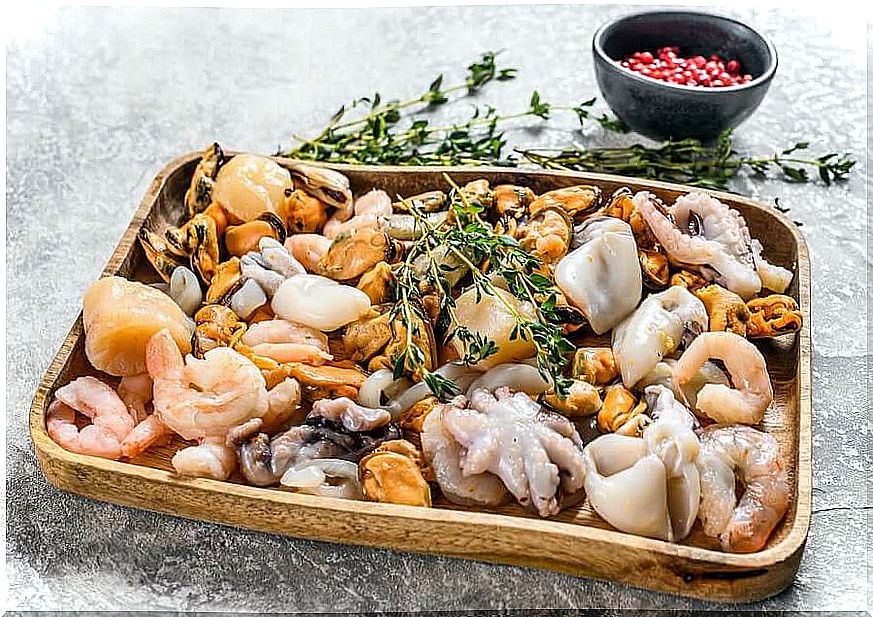
Bacteria
Salmonella is one of the major bacteria causing foodborne illness worldwide. People get salmonellosis through the consumption of food or water that is contaminated by this bacterium.
Many studies have shown the presence of Salmonella in oysters and shellfish worldwide, causing diseases such as gastroenteritis.
On the other hand, we find Listeria monocytogenes , another bacterium that poses a risk to public health. This microorganism can grow and develop at low temperatures and tolerate high salt concentrations.
This explains why researchers have found it in ready-to-eat processed products, such as crab meat. This is because people do not heat it adequately.
Vibrio cholerae is the bacterium that causes cholera, and cases have been reported in people who have eaten contaminated crabs. It is a naturally occurring bacterium in the marine environment, with the ability to adhere to many surfaces such as crustacean shells.
Studies suggest that the degrees and timing of preparation are crucial to the destruction of these bacteria.
Virus from eating seafood
Many bivalve molluscs act as filter eaters. This allows them to collect both viruses and bacteria, and is a focus of infection. Viruses can remain in these mollusks for a long time. In addition, they can be transferred, even after undergoing a cleaning process.
Norovirus is an enteric virus that causes viral gastroenteritis, which has caused several outbreaks worldwide. These outbreaks were due to people eating oysters (and other mussels), and have been detected in shellfish whose microbiological tests showed low bacterial levels and which met health standards.
On the other hand, the hepatitis A virus is transmitted via the fecal-oral route, either by ingesting contaminated food or because it is poorly prepared. Researchers consider the consumption of raw mussels and oysters to be the most frequent source of infection.
Outbreaks of this disease also occur in people who have eaten seafood contaminated with fecal water.
Parasites
Most parasites involved in foodborne illness are roundworms, flatworms and flies. Paragominus is a genus of deer that causes the disease paragonimiasis. It is endemic to tropical countries and infects by eating infected, raw or undercooked snails or crabs.
Factors that increase the risk of infection after eating seafood
There are several factors associated with the risk of pollution:
- Environmental conditions
- The bacteria in the water itself
- The quality of the water. For example, sewage, as well as water from rain and floods, affect pollution.
- Water content and temperature
- Harvesting methods
- Storage and transport conditions
- Handling during cooking and the cooking itself
There are foods the health field keeps an eye on since people eat them raw, as is the case with oysters. In the United States, a severe outbreak of typhus occurred in 1925 due to the consumption of oysters harvested in sewage.
In 1978, more than a thousand people had Vibrio parahaemolyticus after eating shrimp for dinner. Later, the researchers discovered that these crustaceans had been stored in the refrigerator for 8 hours in the summer heat.
This led the Food and Drug Administration (FDA) and the Centers for Disease Control and Prevention (CDC) to establish safety and sanitation standards for the seafood industry.
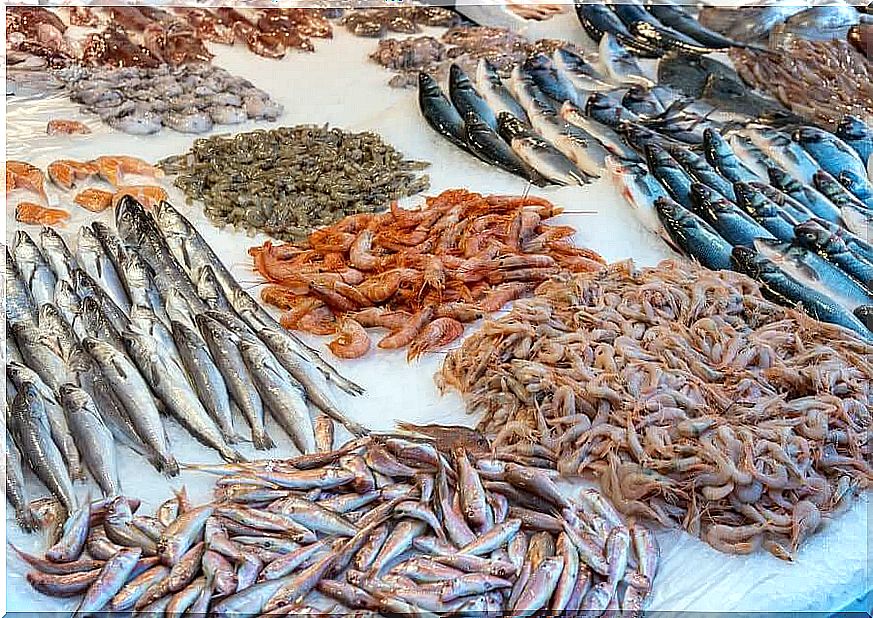
Preventive measures for eating seafood
Among the preventive measures to avoid infections after eating these foods, specialists recommend:
- Proper handling and preparation of food, as specified by the World Health Organization.
- Store the products correctly, follow the specific instructions for each of them.
- Complies with safety guidelines based on scientific evidence. In Spain, you can see these at the Spanish Agency for Food Safety and Nutrition.
- Follow hygiene and treatment recommendations.
Research also shows that in aquaculture production there is a great risk of infection due to pollution of the water that is located near urban areas.
Furthermore , the use of antibiotics during production leads to the development of pathogens that are resistant to these substances and the subsequent transmission of resistance to consumers. This leads to the emergence of antibiotic resistance and thus a risk to public health.
You need to be aware of the dangers of eating seafood. But if you are careful, you can enjoy this delicious food!

